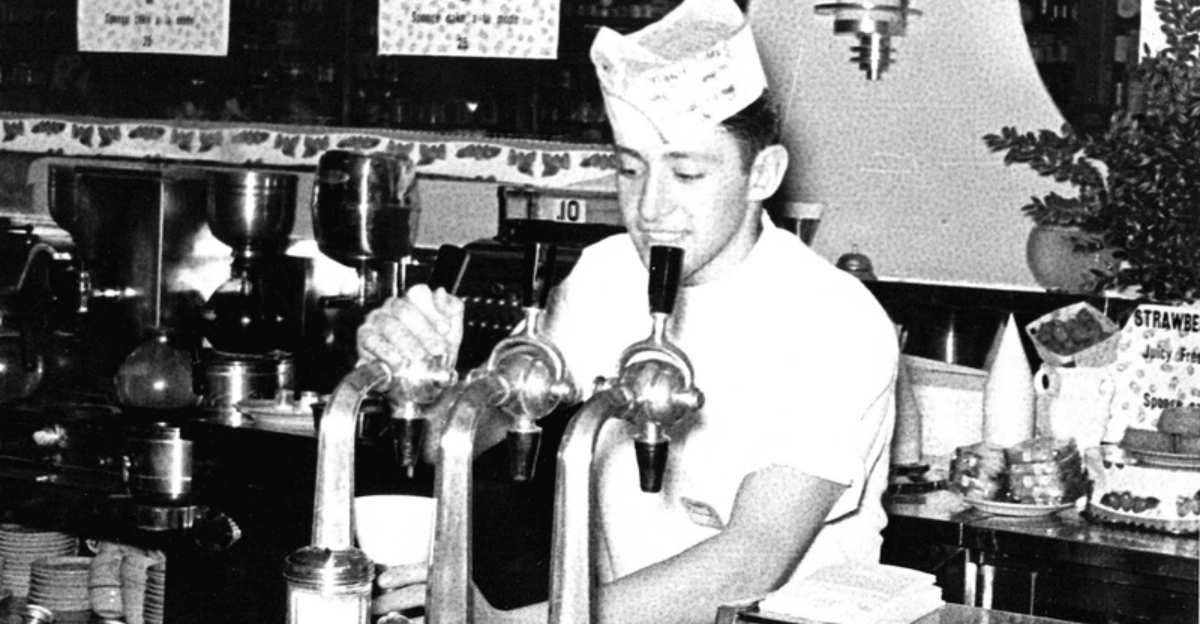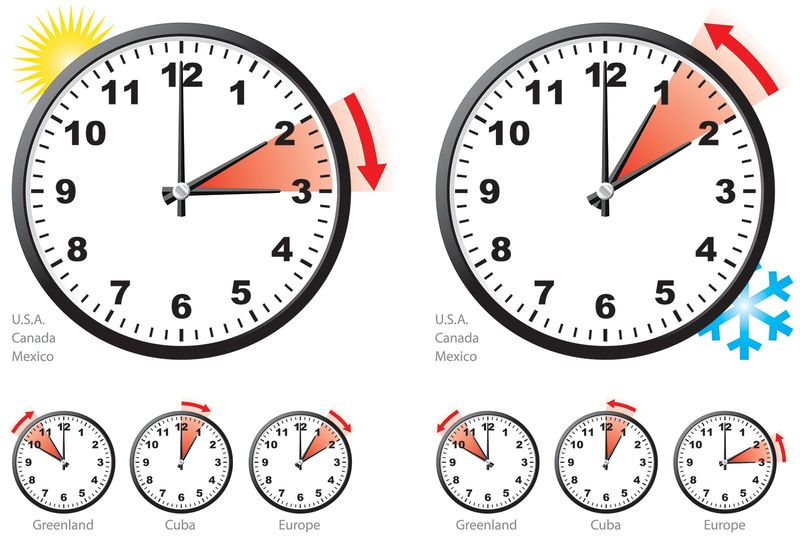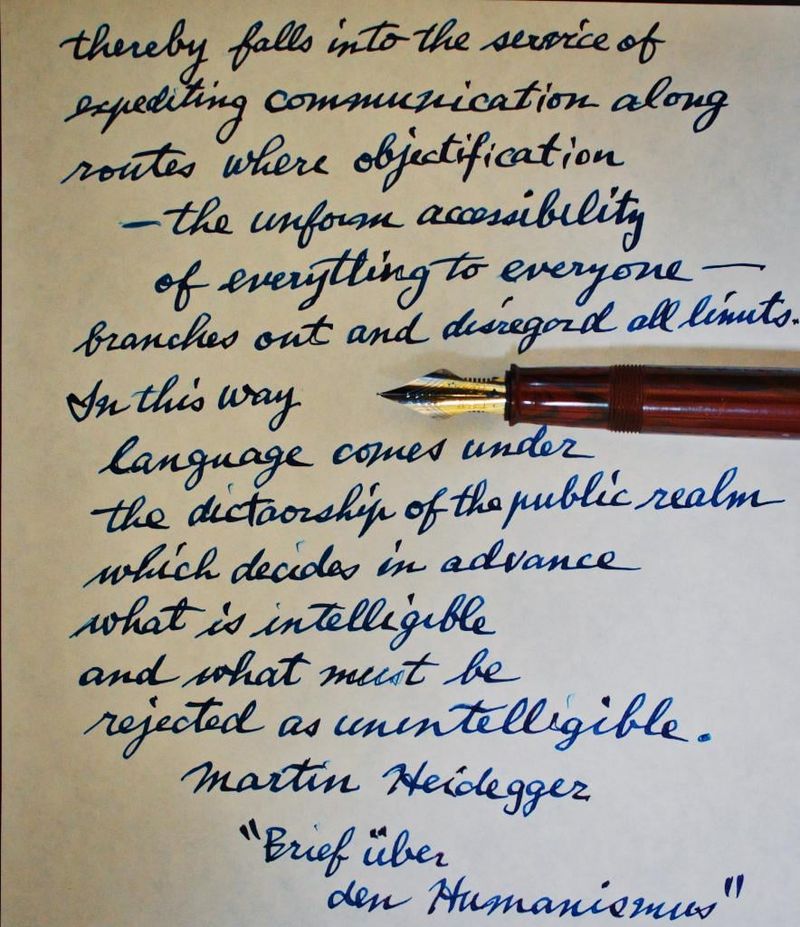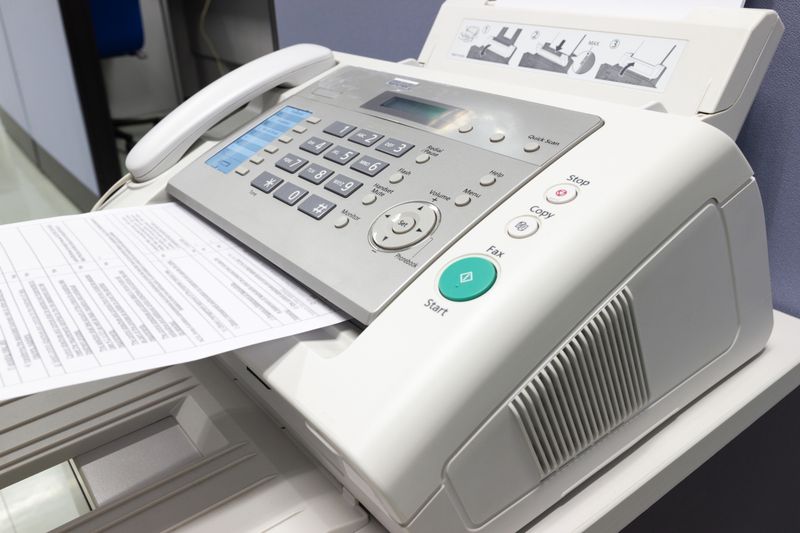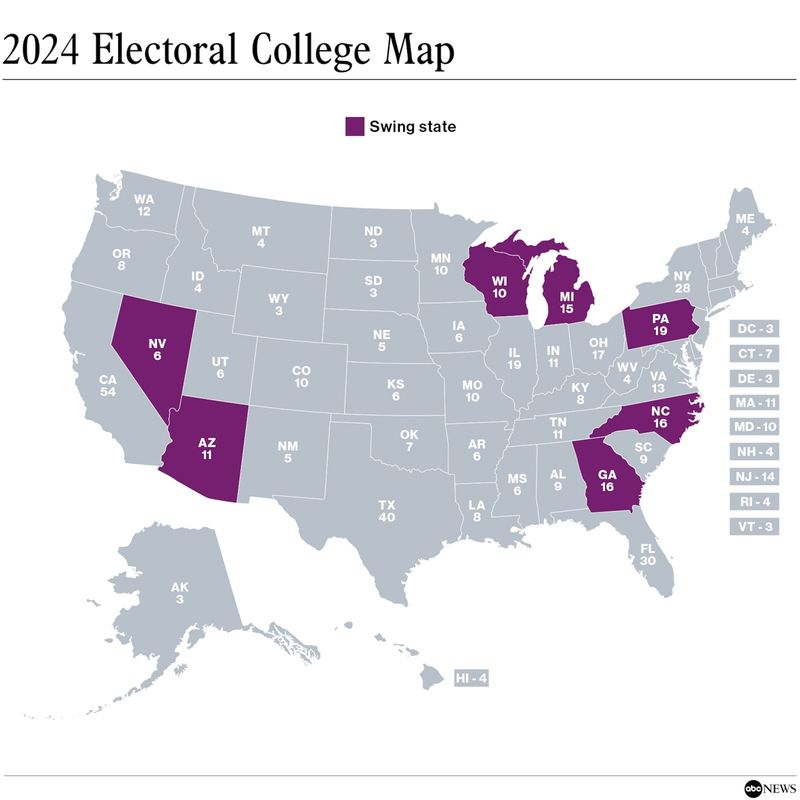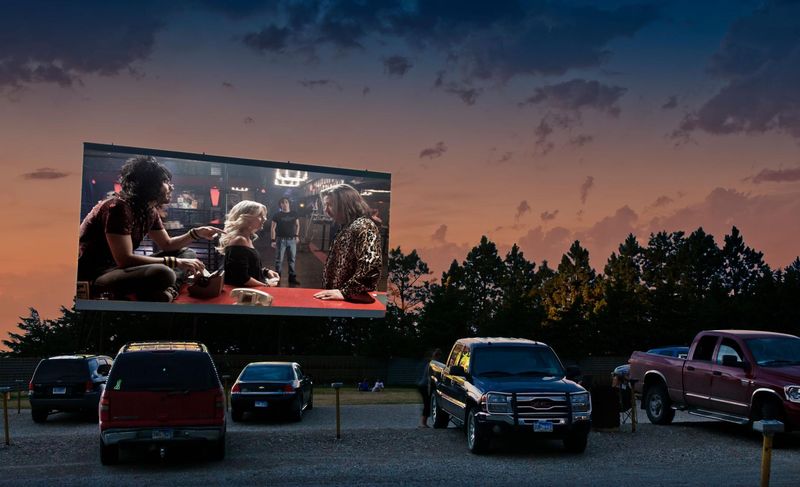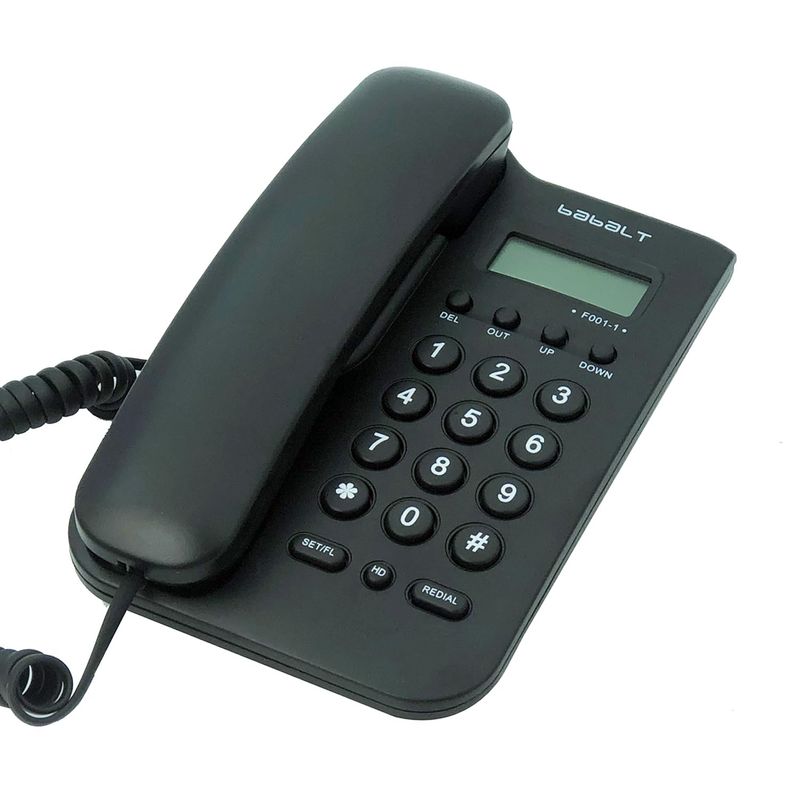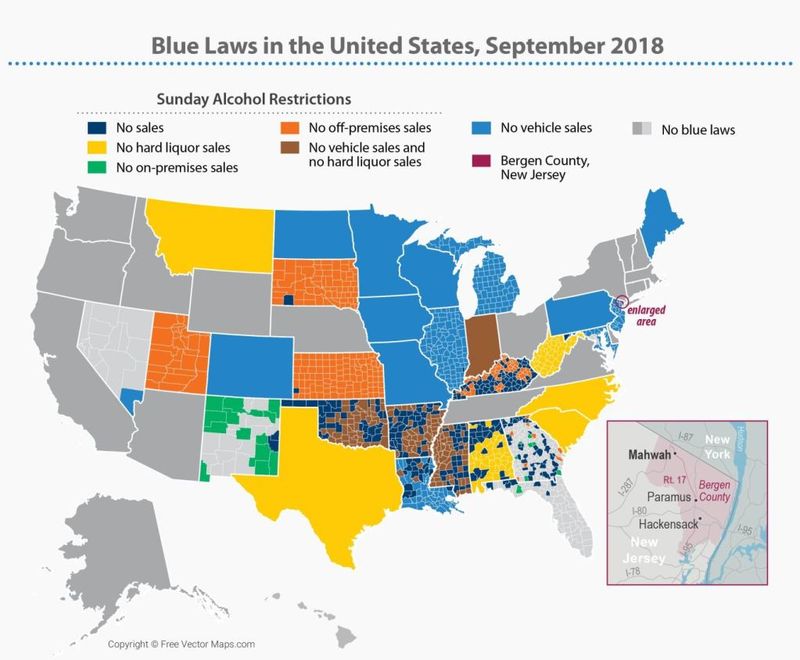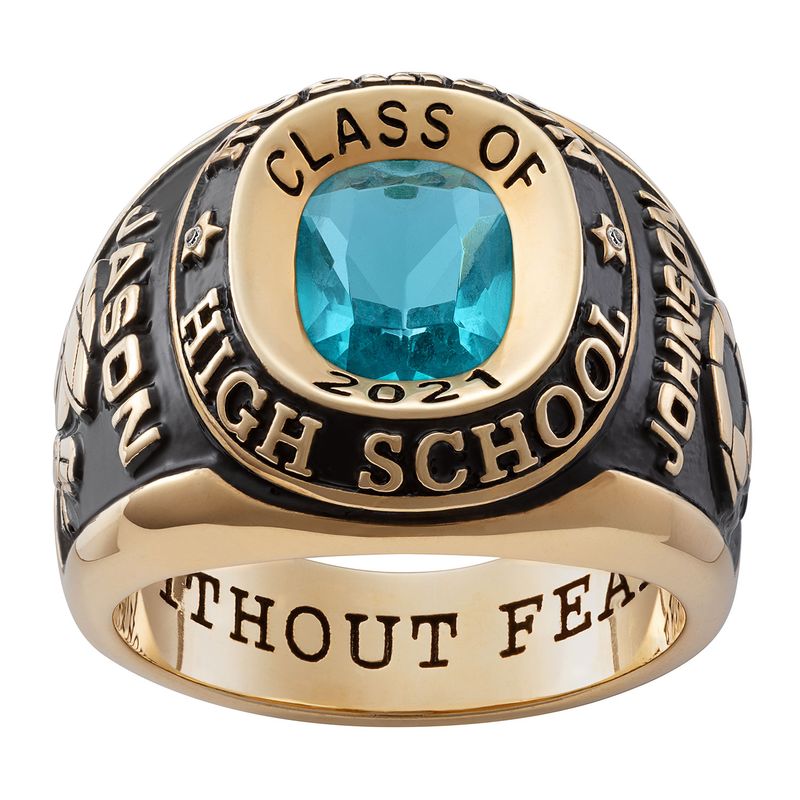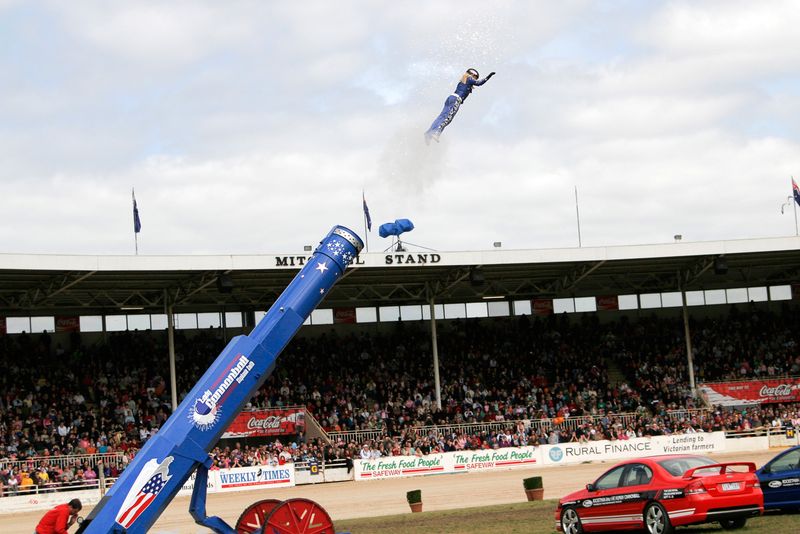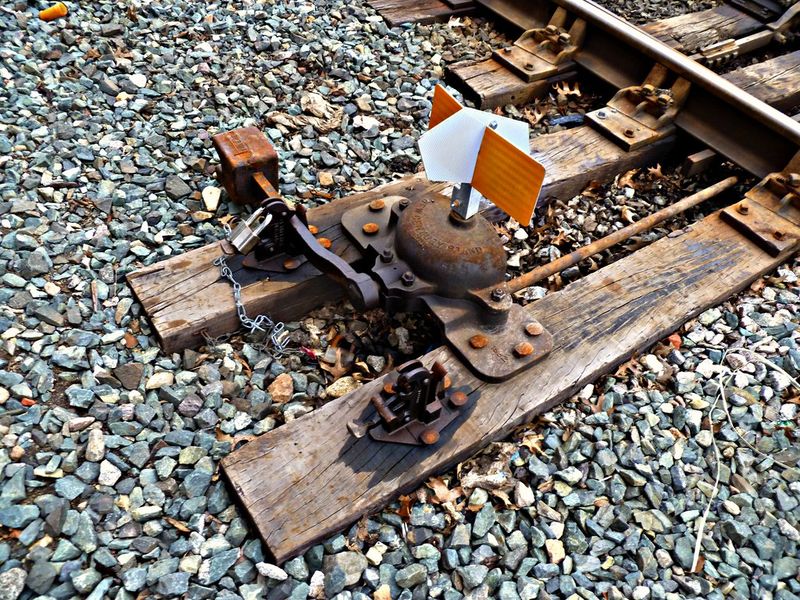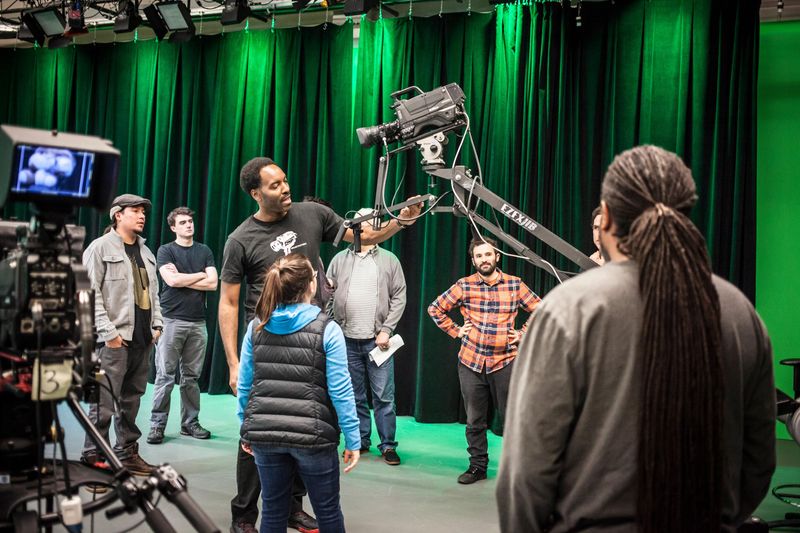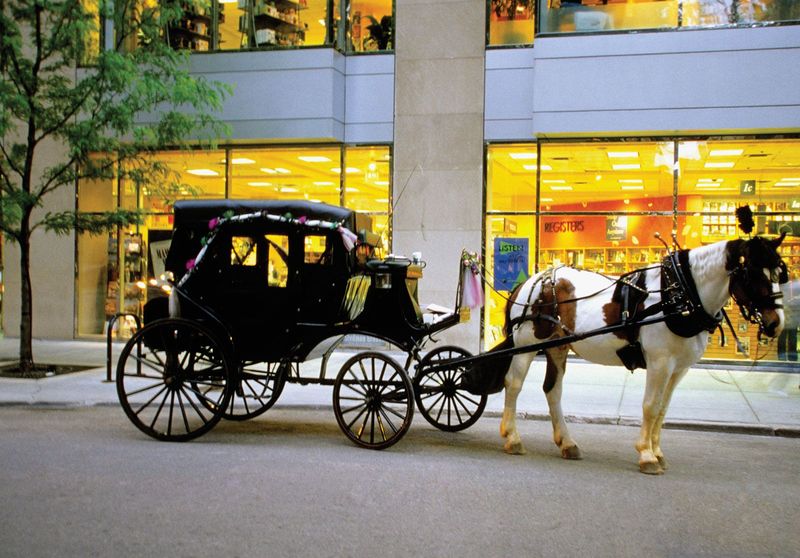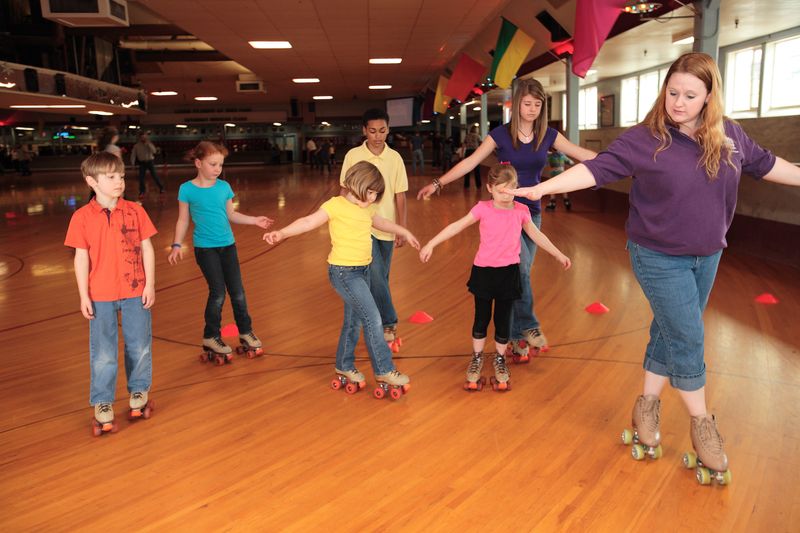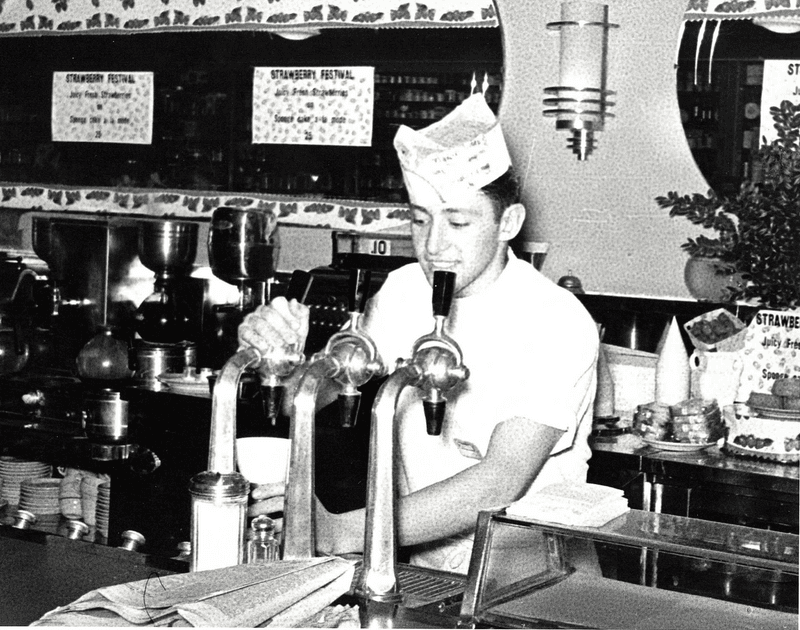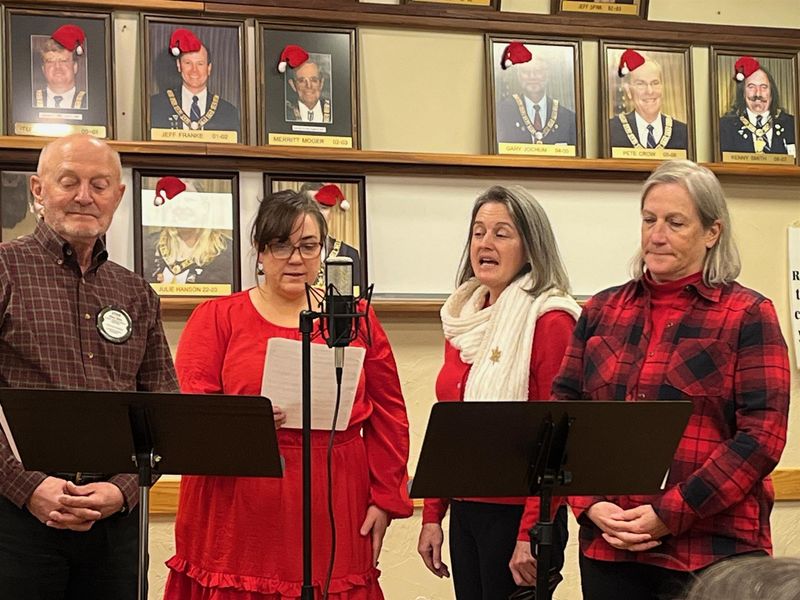Despite the rapid advancements in technology and social norms, certain outdated practices linger in the United States. These practices, ranging from the whimsical to the controversial, often spark debates and raise eyebrows.
This list explores 25 such relics from the past that continue to persist, offering insight into cultural inertia, tradition, and sometimes, sheer stubbornness.
1. Daylight Saving Time
Many wonder why Daylight Saving Time (DST) is still a thing in the US. Originally introduced during World War I to save energy, it shifts the clock forward in spring and back in fall. This practice is now questioned due to its minimal impact on energy conservation.
Critics argue it disrupts sleep patterns and has adverse health effects. Modern research shows negligible energy savings, yet DST remains. Some states are pushing for permanent standard time, but until then, twice-yearly clock changes continue causing confusion.
2. Penny Production
The penny, a small denomination coin, costs more to produce than it’s worth. Despite this, the US Mint continues to churn out millions each year. Production costs, mainly due to the rising price of zinc, exceed the coin’s face value.
While Canadians phased out their penny in 2012, America clings to this low-value coin. Advocates for its removal highlight environmental waste and inefficiency.
However, traditionalists argue it’s a necessary part of pricing. The debate lingers as the penny persists in American currency.
3. Check Payments
Despite the digital age, checks remain a common payment method in the US. This paper-based system is often seen in rent, utilities, and personal transactions. Writing checks involves a lengthy process compared to electronic payments.
Many argue that checks are outdated, thanks to the rise of credit cards and mobile payments. Yet, checks persist due to habit and institutional inertia. Banks and businesses gradually adapt, yet the checkbook remains a fixture in many American households.
4. Cursive Handwriting
Cursive handwriting, once a staple of American education, is now an endangered skill. Schools taught beautiful loops and flourishes, but today, it’s often omitted from curricula. Some educators argue it’s unnecessary in the digital age.
Others believe cursive teaches fine motor skills and historical literacy. Despite mixed opinions, some states mandate cursive education, preserving this traditional writing form. The decline continues as typing becomes more prevalent, yet cursive endures in pockets of educational tradition.
5. Fax Machines
Fax machines, relics of the 1980s, still hum in American offices. This technology, once cutting-edge, now seems quaint. Despite email and cloud services, faxes remain for legal and healthcare documents.
Critics cite inefficiency and environmental costs, yet businesses and government agencies cling to faxing. It offers a certain security and legal validity, but alternatives exist. The fax machine’s persistence highlights resistance to change despite more efficient technology.
6. Electoral College
The Electoral College, a unique system for electing the US President, is often criticized as outdated. Established in 1787, it balances power between populous and smaller states. Critics argue it undermines the popular vote.
Reform advocates suggest direct elections to reflect modern democratic ideals. However, constitutional changes face significant hurdles. The debate endures, with the Electoral College persisting as a cornerstone of American politics.
7. QWERTY Keyboard Layout
The QWERTY keyboard, designed in the 1870s, remains the standard layout today. It was created to prevent typewriter jams but is less efficient for modern typing. Alternatives like Dvorak exist, promising faster typing speeds.
However, QWERTY persists due to familiarity and widespread use. Efforts to popularize alternatives face resistance. Despite being outdated, QWERTY is deeply ingrained in American typing culture.
8. US Customary System
The US Customary System, distinct from the metric system, confounds many globally. Despite global metric adoption, America clings to inches, feet, and pounds. This system is rooted in tradition and familiarity.
Critics argue it complicates international trade and education. The metric system offers simplicity and global consistency. However, cultural inertia keeps customary units in American homes and schools.
9. Drive-In Theaters
Drive-in theaters, a nostalgic reminder of mid-20th century America, still operate in some states. Once popular, they’ve dwindled, replaced by multiplex cinemas and streaming.
Yet, drive-ins offer a unique social experience, sparking occasional revivals. They symbolize nostalgia and family gatherings, even as their numbers decline. Despite technological advances, drive-ins persist as cherished relics.
10. Landline Telephones
In an era dominated by smartphones, landline telephones seem obsolete. Yet, they remain fixtures in many American households. Reliability during power outages makes them appealing.
Some prefer landlines for clear call quality and security. Despite dwindling use, they continue as a backup communication method. The landline’s endurance reflects comfort with familiar technology.
11. Blue Laws
Blue laws, restricting Sunday activities for religious reasons, persist in parts of the US. These laws, rooted in colonial times, limit alcohol sales and business operations on Sundays.
Critics view them as outdated religious impositions. However, some communities argue they ensure rest and family time. Blue laws reflect a clash between tradition and modern secularism.
12. Milk Delivery
Milk delivery, a once-common sight, continues in select American neighborhoods. Modern grocery stores largely replace door-to-door service, yet demand persists for fresh, local products.
Environmental concerns and nostalgia drive this trend, as glass bottles reduce plastic waste. While rare, milk delivery offers a charming throwback to simpler times, blending tradition with sustainability.
13. Class Rings
Class rings, symbolizing academic achievement, remain popular in US schools. These rings, often customized, are worn as reminders of school experiences.
Some view them as outdated, given changing fashion trends. However, they persist as cherished mementos of youth. The tradition of class rings endures, bridging past and present.
14. Hog Calling Contests
Hog calling contests, quirky rural competitions, continue to entertain at American county fairs. Participants use loud, unique calls to attract pigs, showcasing vocal prowess.
While charming, these contests evoke rural traditions and agricultural roots. They endure as lighthearted events, offering a glimpse into America’s rural past.
15. Human Cannonball Shows
Human cannonball shows, a staple of circus entertainment, are still performed across the US. These daring acts involve shooting a performer from a cannon into a net.
While thrilling, they highlight the circus’s old-world charm and risk-taking spirit. Despite safety concerns and evolving entertainment tastes, human cannonballs continue to captivate audiences.
16. Coal Mining
Coal mining, a declining industry, remains active in parts of the US. Once the backbone of American energy, coal faces competition from cleaner alternatives.
Environmental concerns and economic shifts challenge coal’s future. However, it persists due to regional dependence and political support. Coal mining’s endurance reflects complex economic realities.
17. Manual Railroad Switches
Manual railroad switches, outdated by modern standards, remain in use in some American railways. These switches require human operation to change train tracks.
Automation offers efficiency, yet manual switches persist due to cost and tradition. Their continued use symbolizes a blend of history and functionality in rail transport.
18. Rent Control Policies
Rent control policies, designed to keep housing affordable, are still applied in certain US cities. These regulations cap rent increases, benefiting longtime tenants.
Critics argue they limit housing supply and innovation. However, rent control persists as a tool against gentrification. Its survival reflects ongoing housing affordability debates.
19. Public Access TV
Public access TV, offering community-produced content, continues in an age of streaming. These channels provide a platform for local voices and creativity.
While viewership is limited, public access TV supports civic engagement and local culture. It persists, embracing its grassroots mission in a changing media landscape.
20. Charivari Wedding Traditions
Charivari, a noisy wedding tradition, persists in parts of rural America. Guests create clamor to playfully disturb newlyweds, symbolizing community blessings.
While seen as outdated by some, charivari reflects cultural heritage and communal bonds. Its endurance highlights a blend of humor and tradition in wedding celebrations.
21. Horse-Drawn Carriages
Horse-drawn carriages, a romanticized mode of transport, still traverse American cities and parks. These carriages offer leisurely tours and special event rides.
Despite modern transportation, their charm appeals to tourists. However, concerns about animal welfare challenge their future. Carriages persist, symbolizing nostalgia in urban landscapes.
22. Snipe Hunts
Snipe hunts, a playful practical joke, endure in American folklore. Participants are led on a futile search for a mythical creature, the snipe.
This prank, rooted in campfire culture, fosters camaraderie and storytelling. While seemingly outdated, snipe hunts continue as lighthearted traditions in outdoor adventures.
23. Roller Rinks
Roller rinks, icons of 1970s pop culture, still host skaters across the US. These venues offer nostalgic experiences with retro music and lighting.
Though their popularity waned, roller rinks endure as social hubs. They blend exercise and entertainment, appealing to those seeking fun and nostalgia in equal measure.
24. Soda Jerks
Soda jerks, once common in American diners, still serve up nostalgia. These attendants craft fizzy drinks and sundaes at soda fountains.
The role, a nod to mid-century leisure, persists in retro-themed establishments. While modern beverage trends shape preferences, soda jerks offer a sweet slice of history. Their presence in diners bridges past and present, delighting patrons seeking bygone flavors.
25. Rotary Club Singing
Picture this: a gathering of well-dressed Rotary Club members, spreading smiles as their voices harmonize in traditional songs. Despite the digital age, this charming yet curious practice endures, bringing together communities in a unique way.
Members, often middle-aged to elderly, relish in these vocal traditions, which offer camaraderie and nostalgia.
These sessions, held in local halls, remind participants of simpler times, fostering a spirit of unity and goodwill.
While modern hobbies abound, the appeal of Rotary singing persists, weaving a melodic thread through generations. It’s a delightful anachronism embraced with pride and joy.
